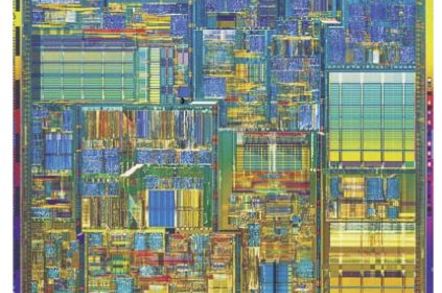 Crack IC PIC16C56A Heximal File
Crack IC PIC16C56A Heximal File
Crack IC PIC16C56A protection and clone microcontroller PIC16C56A Heximal File from its program and data memory, the MCU PIC16C56A heximal extraction will normally take several hours;

Data memory is composed of registers, or bytes of RAM. Therefore, data memory for a device is specified by its register file. The register file is divided into two functional groups: special function registers and general purpose registers.
The special function registers include the TMR0 register, the Program Counter (PC), the Status Register, the I/O registers (ports), and the File Select Register (FSR) when attack cpld XC9536XL software.
In addition, special purpose registers are used to control the I/O port configuration and prescaler options. The general purpose registers are used for data and control information under command of the instructions.
For the PIC16C56A, the register file is composed of 7 special function registers and 25 general purpose registers.
The Special Function Registers (SFRs) are registers used by the CPU and peripheral functions to control the operation of the device The special registers can be classified into two sets when attack mcu pic16c558 program.
The special function registers associated with the “core” functions are described in this section. Those related to the operation of the peripheral features are described in the section for each peripheral feature.
This register contains the arithmetic status of the ALU, the RESET status, and the page preselect bit for program memories larger than 512 words. The OPTION register is a 8-bit wide, write-only register which contains various control bits to configure the Timer0/WDT prescaler and Timer0.
By executing the OPTION instruction, the contents of the W register will be transferred to the OPTION register. A RESET sets the OPTION<7:0> bits.